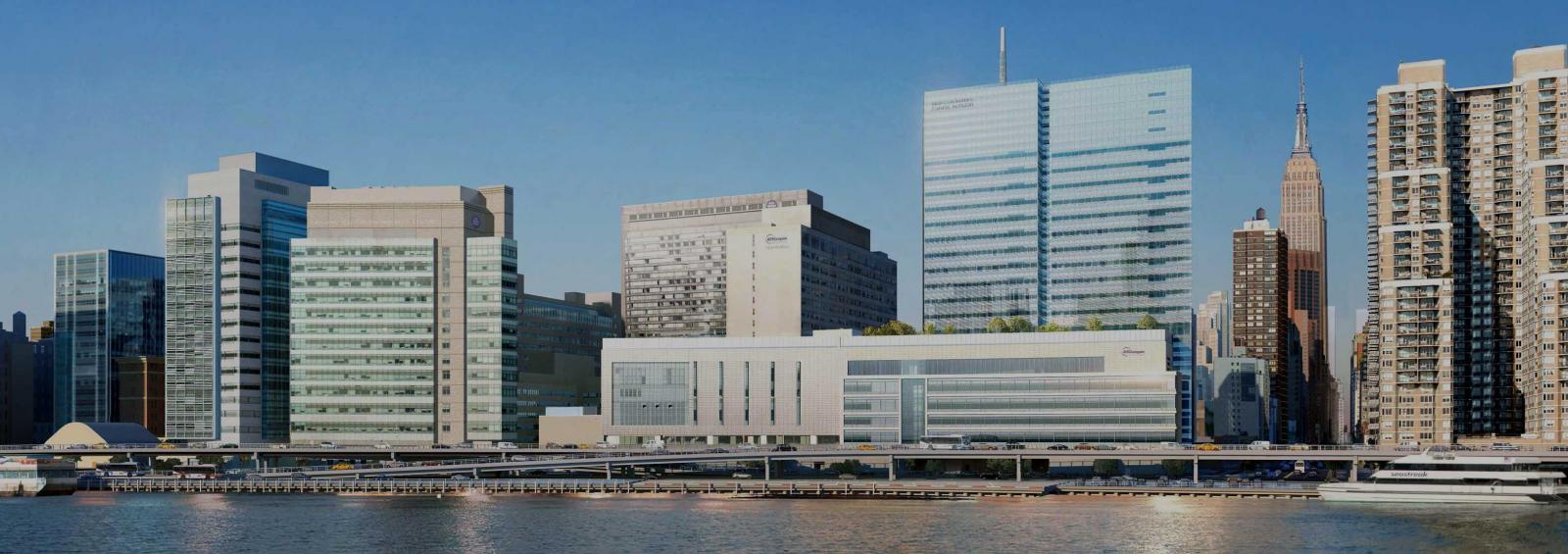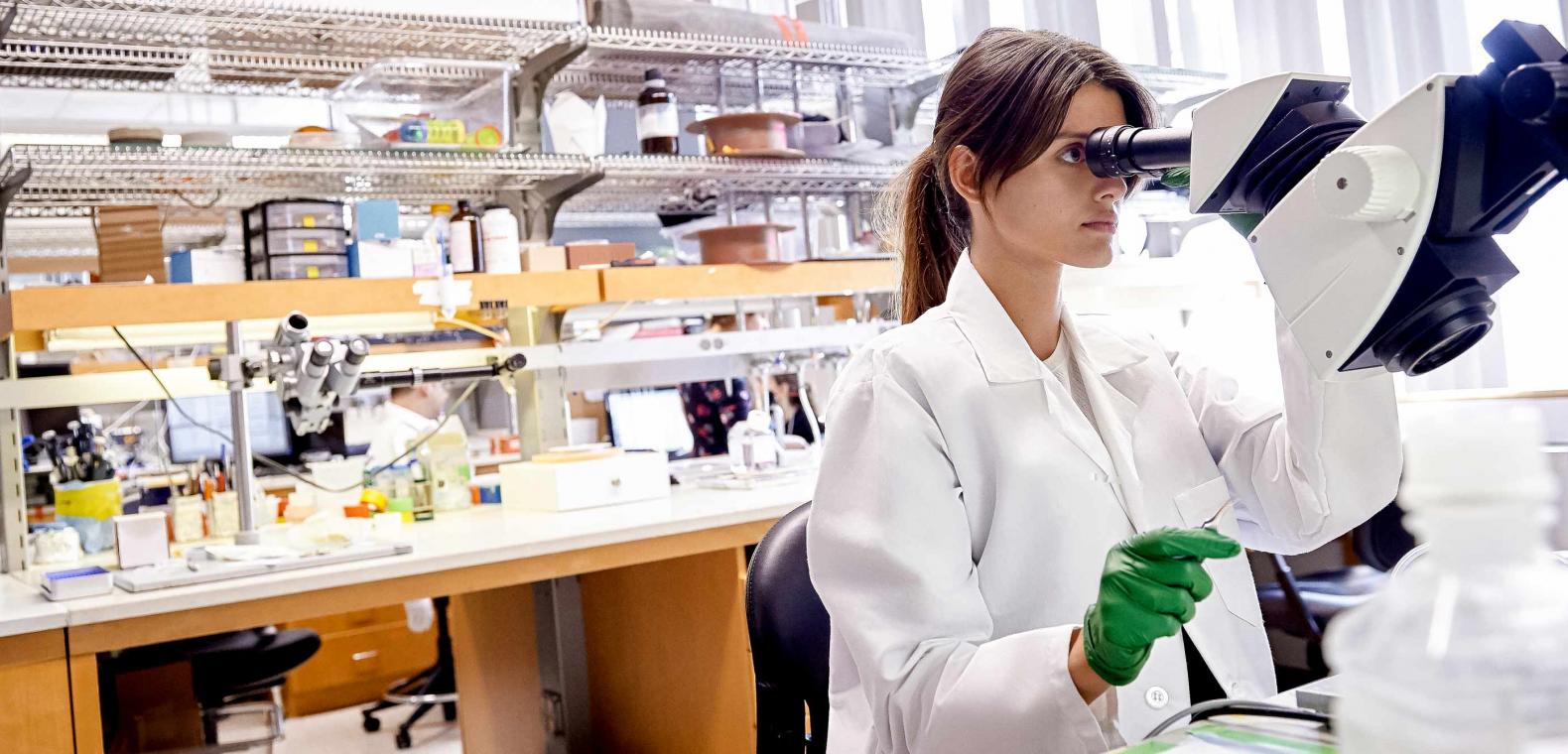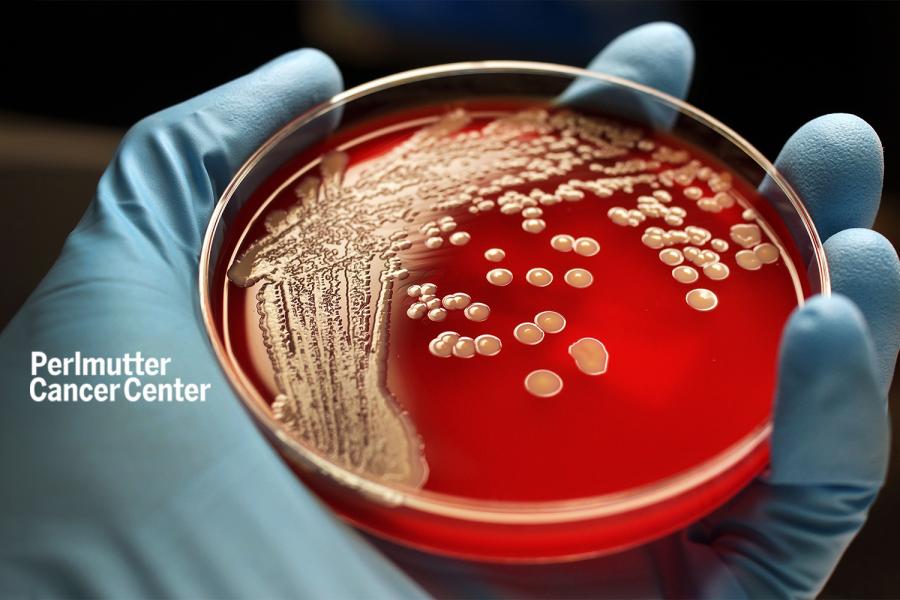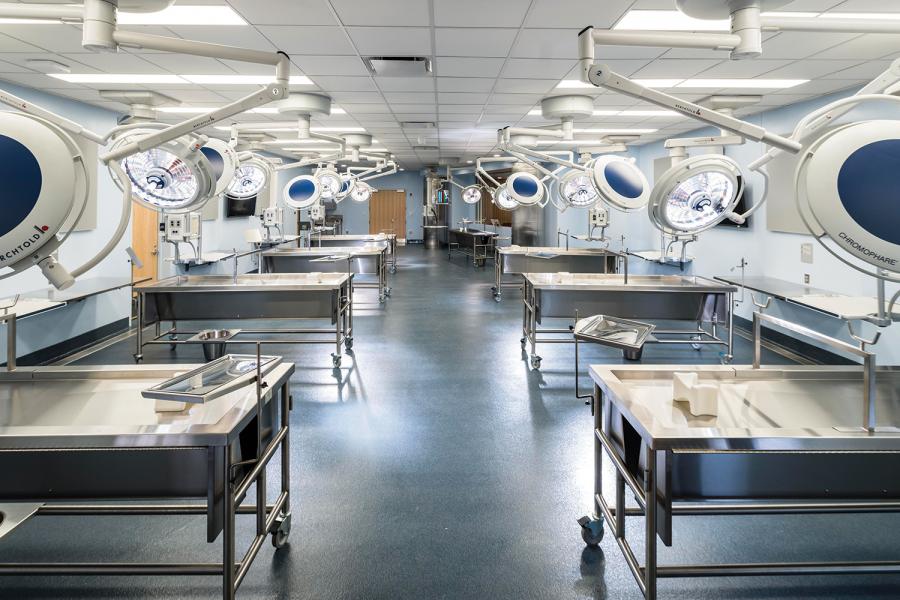Cryo–Electron Microscopy Laboratory

NYU Langone Health’s Cryo–Electron Microscopy Laboratory (RRID: SCR_019202) is a shared resource hosting advanced cryo–electron microscopes fitted with Gatan K3 direct detectors as well as equipment for sample preparation.
In addition to operating our microscopes, our staff members work closely with users and can provide training, acquire data suitable for high-resolution structure determination from macromolecular complexes, and, if necessary, help with image analysis and structure determination.
Our facilities are available to researchers from NYU Langone as well as other academic institutions and industrial partners.
Updates
- Titan Krios was upgraded to fringe-free imaging in May 2023.
- The Thermo Fisher VitroEase screening kit, containing 6 detergents and a variety of buffers, is available for use at no charge. Let us know if you want to do a screen.
- HexAuFoil grids are available for purchase. These tiny hole Au foil grids are optimized to minimize beam induced specimen motion. Due to the small hole size, they are most efficient on the Titan Krios, but settings for collection and screening are available on both microscopes.
- Commercial graphene oxide grids are available, and we have a working protocol to make fresh ones if desired. Please arrange in advance.
- Please contact us if you want to use the Chameleon. We can use the standard grids, Au-carbon hybrid grids, and graphene oxide grids.
Requests and Reservations
All users must be registered in iLab in order to initiate a project, order reagents, or reserve equipment. For information about the registration process, please see iLab login instructions.
Talos Arctica bookings:
- For half day/full day bookings, users have use of up to the entire cassette (11 grids). More than 11 grids can be accommodated by multiple loadings but should be requested in advance.
- Tuesdays are reserved for up to 3 “fast screening” sessions: 2h and up to 4 grids.
- Fully automated screening is available via “Smart Leginon”. This is also available overnight if arranged in advance.
- NYU internal users are allowed to book no more than two sessions in advance.
- External users are allowed to book no more than one session in advance.
Titan Krios bookings:
- Booked users have use of the entire cassette for their bookings.
- Most sessions run in multiples of 24h, though half-day (8h) sessions are available.
- External users can book sessions up to a maximum of 10 days in advance.
After finishing their session, a new session may be booked at their earliest convenience.
Recent Publications
Investigators have published the results of research conducted at the Cryo–Electron Microscopy Laboratory in a variety of leading publications. See a comprehensive list.
Contact Us
Our laboratory is located in the cellar of the Joan and Joel Smilow Research Center at 522 First Avenue, room C-10.
To inquire about our services or to discuss your project, contact William Rice, PhD, director, at William.Rice@NYULangone.org, Bing Wang, PhD, senior scientist, at Bing.Wang@NYULangone.org, or Huihui Kuang, senior scientist, at Huihui.Kuang@NYULangone.org.
How to Acknowledge the Cryo–Electron Microscopy Laboratory
Please use the RRID SCR_019202 in all of your citations when using the core.
Investigators who use our equipment, services, or expertise should acknowledge us as “NYU Langone Health’s Cryo–Electron Microscopy Laboratory (RRID: SCR_019202)” in all publications, presentations, grant applications, media releases, and other forms of media.
As a courtesy and for copyright purposes, we also request that you inform us of the publication of any images that were created by the lab’s staff or instruments.
Please consider authorship when our staff members significantly contribute to the development of your experimental design or to your published content.


